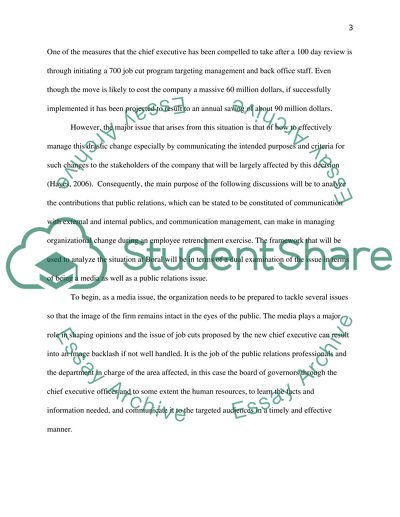Cite this document
(“Understanding public relations theory Essay Example | Topics and Well Written Essays - 1500 words”, n.d.)
Understanding public relations theory Essay Example | Topics and Well Written Essays - 1500 words. Retrieved from https://studentshare.org/journalism-communication/1469260-understanding-public-relations-theory
Understanding public relations theory Essay Example | Topics and Well Written Essays - 1500 words. Retrieved from https://studentshare.org/journalism-communication/1469260-understanding-public-relations-theory
(Understanding Public Relations Theory Essay Example | Topics and Well Written Essays - 1500 Words)
Understanding Public Relations Theory Essay Example | Topics and Well Written Essays - 1500 Words. https://studentshare.org/journalism-communication/1469260-understanding-public-relations-theory.
Understanding Public Relations Theory Essay Example | Topics and Well Written Essays - 1500 Words. https://studentshare.org/journalism-communication/1469260-understanding-public-relations-theory.
“Understanding Public Relations Theory Essay Example | Topics and Well Written Essays - 1500 Words”, n.d. https://studentshare.org/journalism-communication/1469260-understanding-public-relations-theory.


